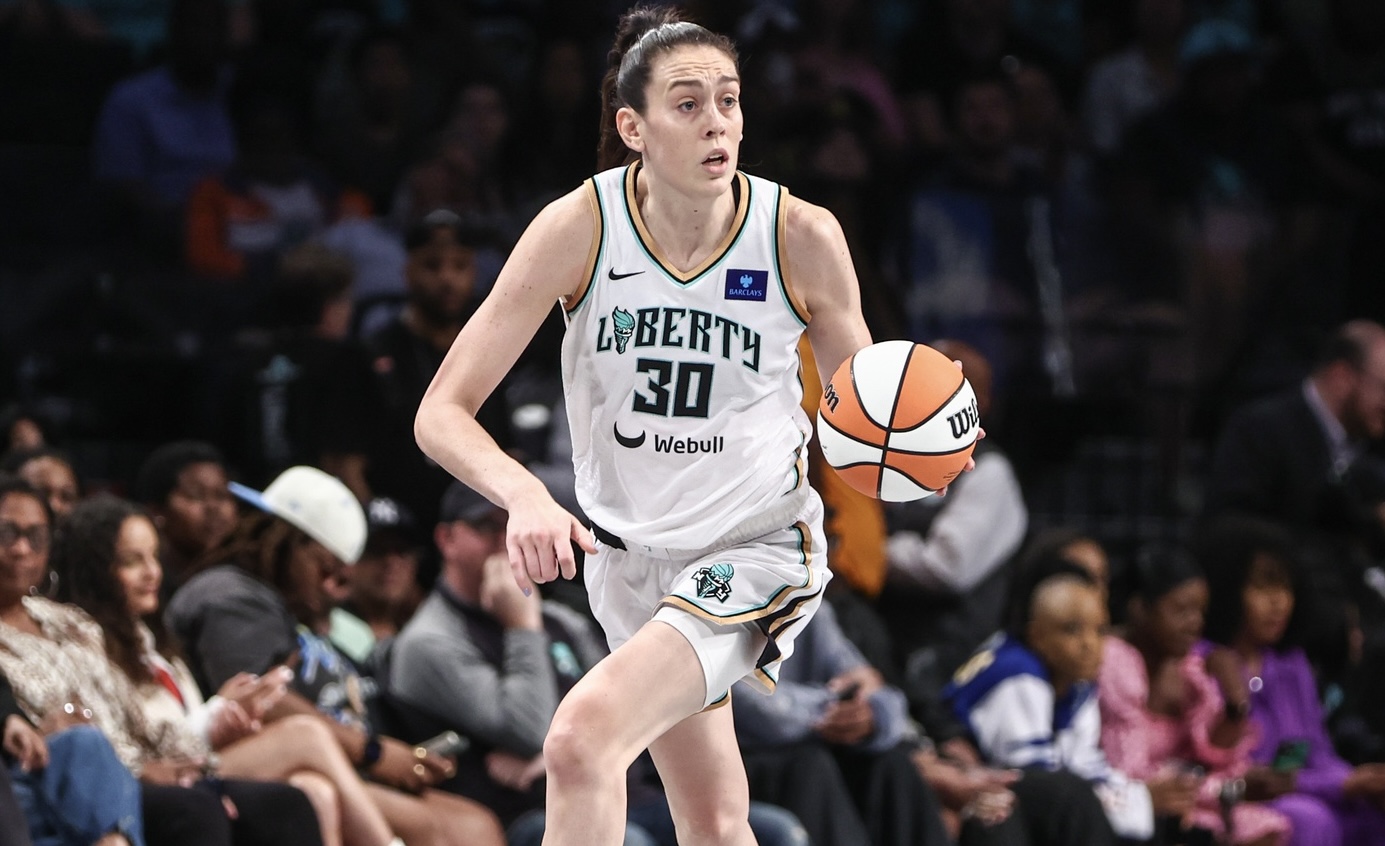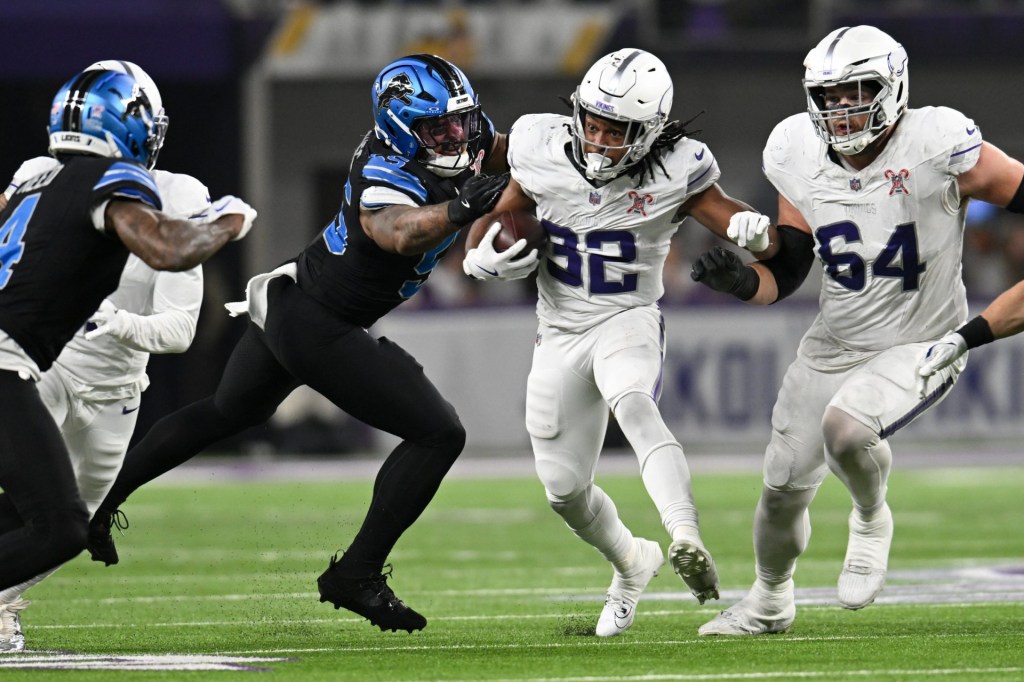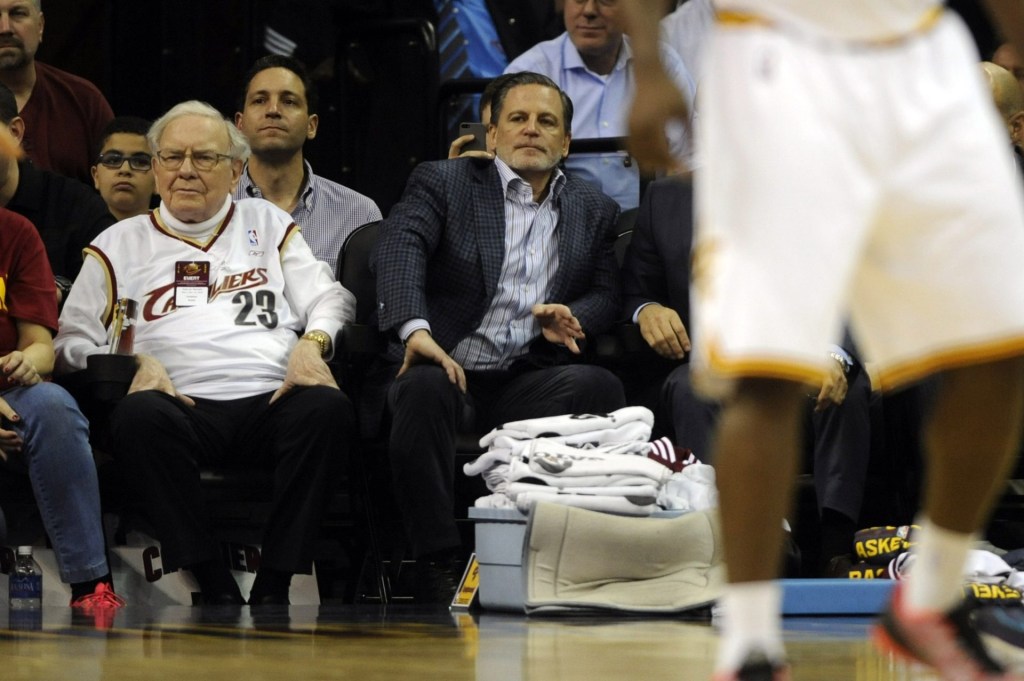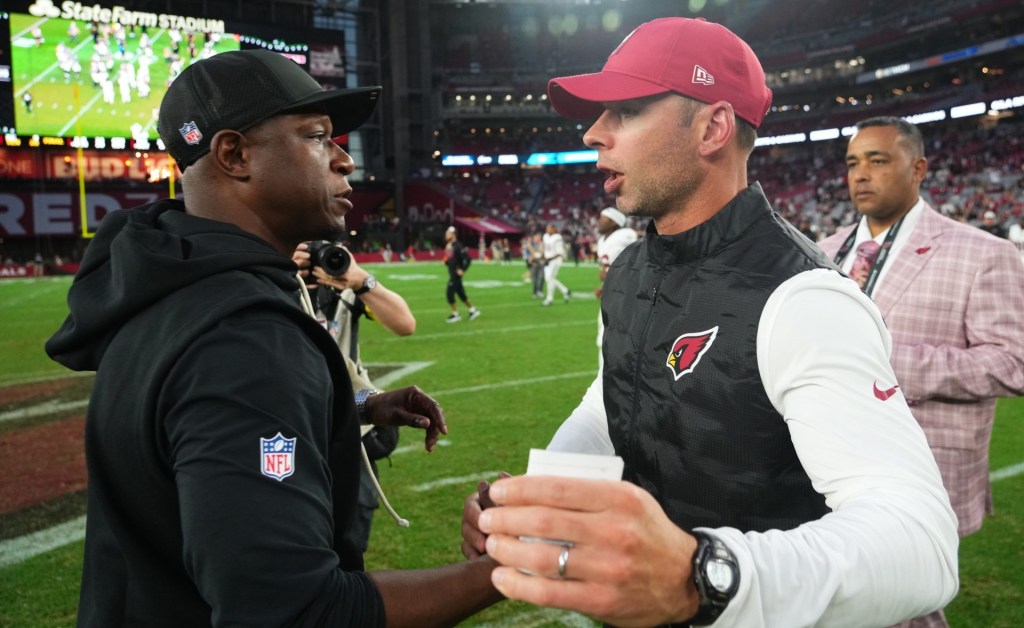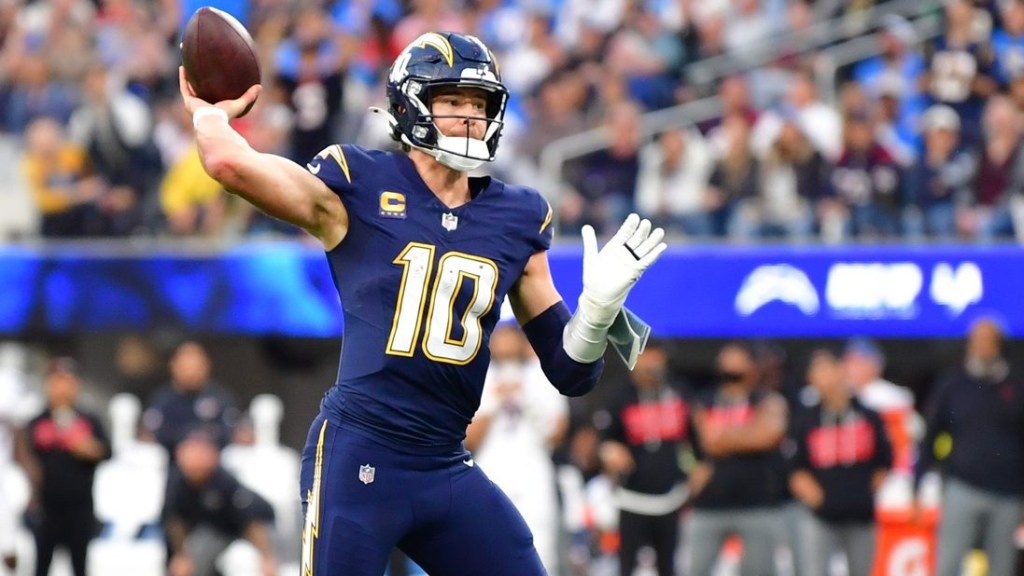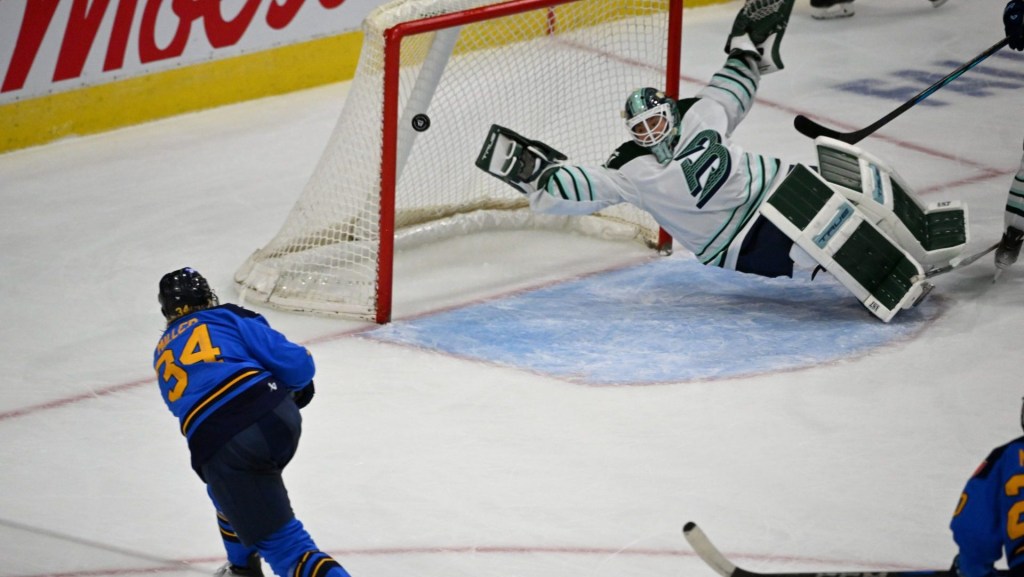One of the WNBA’s best players is taking a play from the NBA’s King.
Breanna Stewart, the New York Liberty’s star player and a two-team league champion, said she’ll continue to sign one-year deals in order to retain her flexibility and maximize her earnings with the uncertainty surrounding the WNBA’s collective bargaining agreement.
“I am under a one-year, and I’m going to sign another one-year,” Stewart said Tuesday ahead of Game 3 of the WNBA Finals. “Just so I can continue to have that kind of flexibility going forward. It’s kind of hard to tell, because you don’t know obviously if we opt in or opt out, but with the potential from the new TV deal — how does everything play into effect.”
Game 3 of the Finals is Wednesday night, with Stewart’s Liberty and the Minnesota Lynx tied 1–1 in the best-of-five series.
The WNBA players have until Nov. 1 to opt out of the current CBA, which is set to expire after the 2026 season. (Stewart is a vice president on the WNBPA executive board.) Should the union opt out, the current CBA would then expire after the 2025 season. With the league set to start a new $2 billion media-rights deal next season, salaries could start skyrocketing, meaning players signing long-term deals now could be leaving money on the table. Given Stewart’s stellar résumé, the 6-foot-4 forward has a chance to be the league’s first $1 million per year player.
The WNBA’s new media deal, an 11-year agreement, is set to roughly triple the $60 million the league annually takes in from its current agreement.
Stewart has been playing in New York on a slight discount, a one-year, $208,219 deal that allows the Liberty to have some cap flexibility and retain the core of Jonquel Jones—a fellow former MVP—and Sabrina Ionescu. The max Stewart could be playing for is $241,984 per year for four years. After signing her initial four-year rookie contract with the Seattle Storm in 2016, a two-year deal to stay in Seattle followed in 2020. Stewart has been signing one-year deals since 2022, which was her last with the franchise that drafted her. This season is her third straight on a one-year contract and 2025 will be her fourth, assuming she follows through on her comments.
It’s a similar approach to what LeBron James has done for roughly the past decade. Except for his initial four-year deal with the Lakers in 2018, James has regularly signed a two-year contract with a player option in the second year since he returned to Cleveland in 2014. The approach has been used as a leverage play against his teams to make sure they’re invested in title contention while he’s there and as a way to maximize his earnings.
One-year deals allow players to capitalize on the salary cap when it increases, instead of being locked into team-friendly deals when the cap grows. (There is obviously the risk of injury; Stewart did tear her Achilles in 2019.)
“I don’t mind the one-years,” Stewart added. “I’m going to burn my core.”
Stewart was referring to the WNBA’s “core player” rule, which is similar to the NFL’s franchise tag. Teams can designate one “core” free agent every offseason, and players can be cored only three times in their careers. Players on the core designation are eligible for a no-trade clause and a one-year supermax contract paying $241,984, although Stewart and the Liberty agreed to the lower salary last offseason so New York could afford to keep Jones.
Two more “core” designations would carry the 30-year-old Stewart well into her prime. Cored players are allowed to negotiate long-term deals with their teams if they like, but given Stewart’s approach, it doesn’t appear she will be doing that anytime soon.
